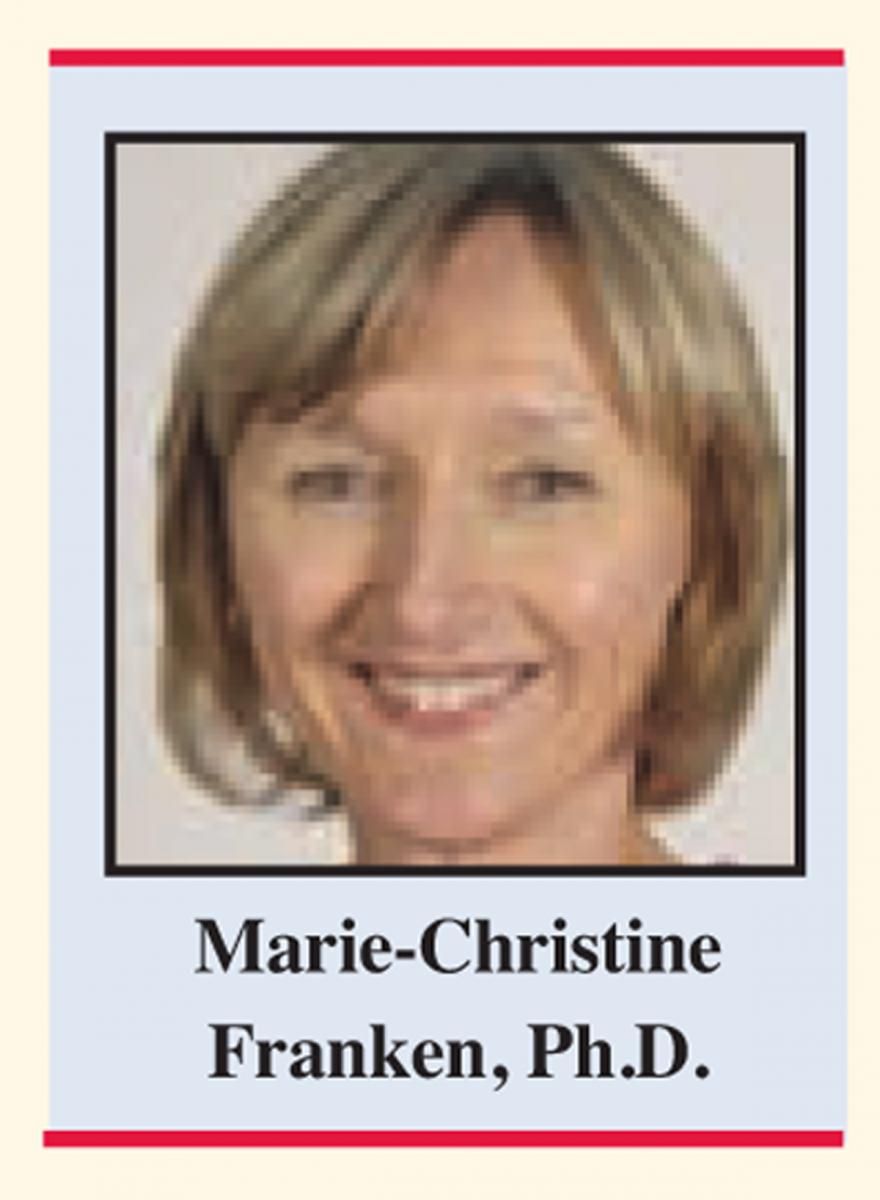By Marie-Christine Franken, Ph.D., Erasmus University Medical Center, Rotterdam, The Netherlands
 The effectiveness of treatment for young children who stutter is very difficult to assess.
The effectiveness of treatment for young children who stutter is very difficult to assess.Like all medical conditions, more than one effective approach must be documented since no single treatment is likely to work for all children. The RESTART trial1 is the only head to head study so far, comparing two treatments for stuttering in pre-school children.
Up until now, only the Lidcombe Program (LP), a direct, behavioral treatment program, has shown efficacy in a Randomized Controlled Trial.2 Stuttering, however, is a highly complex communication disorder.
This largest treatment outcome study of stuttering children in history, conducted by Erasmus University Medical Center and Erasmus University Rotterdam in The Netherlands, is a powerful demonstration of what thorough steps need to be taken to come to an internationally accepted approach to evaluation of stuttering therapies and their long term effects.
In The Netherlands, treatment based on the Demands and Capacities Model (DCM) has remained the standard stuttering treatment for pre-schoolers since the 1980s. About thirty years ago, Drs. Jeanna and Glyndon Riley, C. Woodruff Starkweather, Edward Conture, and Hugo Gregory visited our country and taught us their treatment approach. The Dutch clinician, Els Versteegh-Vermeij (1917-2007), also inspired many Dutch clinicians to focus on the emotional aspects of stuttering.3 The approaches of all these professionals can be characterized as indirect DCM treatment. The direct, behavioral LP was introduced in the Netherlands in 2000 by Elisabeth Harrison and is therefore a relatively new treatment approach in The Netherlands.4 LP treatment is not included in the regular Dutch education of Speech Language Therapists, while DCM treatment is.
Our main research question was to compare the number of children treated by LP and DCM with no stuttering at 18 months after onset of treatment. Investigating our main research question would require us to include almost 200 young children who stuttered!
Such a large-scale study can only be done in a country where the primary education of clinicians is comparable with many clinicians and parents willing to participate. Also, it was mandatory that all participating clinicians agree on a DCM treatment protocol: DCM treatment can vary widely. Some clinicians practicing DCM treatment give recommendations to parents to talk slowly or to ask fewer questions; many others train parents to reduce motoric, linguistic or emotional demands; and not so many practice a full-blown DCM approach: reducing motoric, linguistic, emotional and cognitive demands, followed by increasing motoric, linguistic, emotional, and cognitive capacities - when deemed necessary.
Before the study started, the group of participating clinicians agreed on a highly structured protocol, called the RESTART DCM method.5
Twenty-four clinicians working in private practices throughout the Netherlands participated in this study. All participating clinicians were trained in both approaches. This was a conscious choice, enabling us to study the effectiveness of the two treatments per se, instead of the combination of treatments and clinicians.
The study showed that the RESTART DCM treatment for stuttering is just as effective as the Australian Lidcombe Program — 71.4% versus 75.5% of children with no stuttering at 18 months follow-up – not a statistically significant difference.
While the frequency of stuttering did decrease faster in the first three months in the Lidcombe Treatment group than in the DCM group, at the end of the study (18 months), the two groups showed equivalent outcomes (mean % Syllable Stuttered 1.2 for LP and 1.5 for DCM). This Dutch study not only compared the effectiveness of both therapies for stuttering after 18-month follow-up, doubling the 9-month follow-up for LP trials, but this includes four times as many children (199 versus 54).
This finding gives HOPE to parents and stuttering children that there are many ways to tackle this disabling condition before it becomes chronic.
Parents of children who stutter for whom treatment is recommended should be told that two approaches, a direct and indirect one, have been shown to be equally good in the longer term, and allowed to choose a treatment approach that will work for them. Most children will respond to treatment, but for those who are not responsive to a first treatment of choice, it is wonderful that another approach is available, with an overall comparable outcome.
The paucity of these types of studies underscores the desperate need for more work in this area, especially by teams not tied to the development of a specific approach.
1. De Sonneville-Koedoot de Sonneville-Koedoot C, Stolk E, Rietveld T, Franken M-C (2015) Direct versus Indirect Treatment for Preschool Children who Stutter: The RESTART Randomized Trial. PLoS ONE 10(7):e0133758. doi:10.1371/journal.pone.0133758
2. Jones M, Onslow M, Packman A, Williams S, Ormond T, Schwarz I, et al. Randomised controlled trial of the Lidcombe programme of early stuttering intervention. BMJ (Clinical research ed) 2005 Sep 24;331(7518):659.
3. In memoriam Els Versteegh-Vermeij.
4. Onslow M, Packman A, Harrison E. The Lidcombe Program of Early Stuttering Intervention: A Clinician's Guide. Austin, Texas: Pro-ed; 2003.
5. Franken MC, Putker-de Bruijn D. RESTART-DCM Method. Treatment protocol developed within the scope of the ZonMW project Cost-effectiveness of the Demands and Capacities Model based treatment compared to the Lidcombe programme of early stuttering intervention: Randomised trial [Internet]. 2014 [cited 2015, January 10]. Available from: http://www.nedverstottertherapie.nl/






 Podcast
Podcast Sign Up
Sign Up Virtual Learning
Virtual Learning Online CEUs
Online CEUs Streaming Video Library
Streaming Video Library